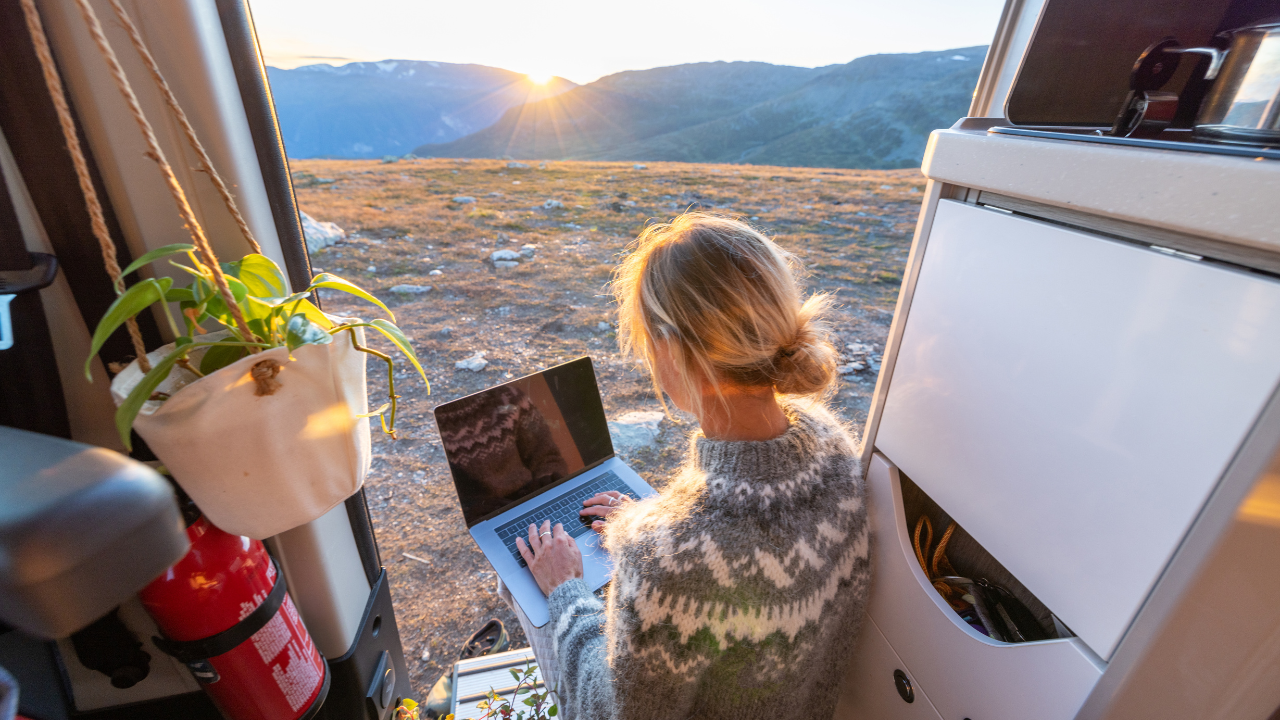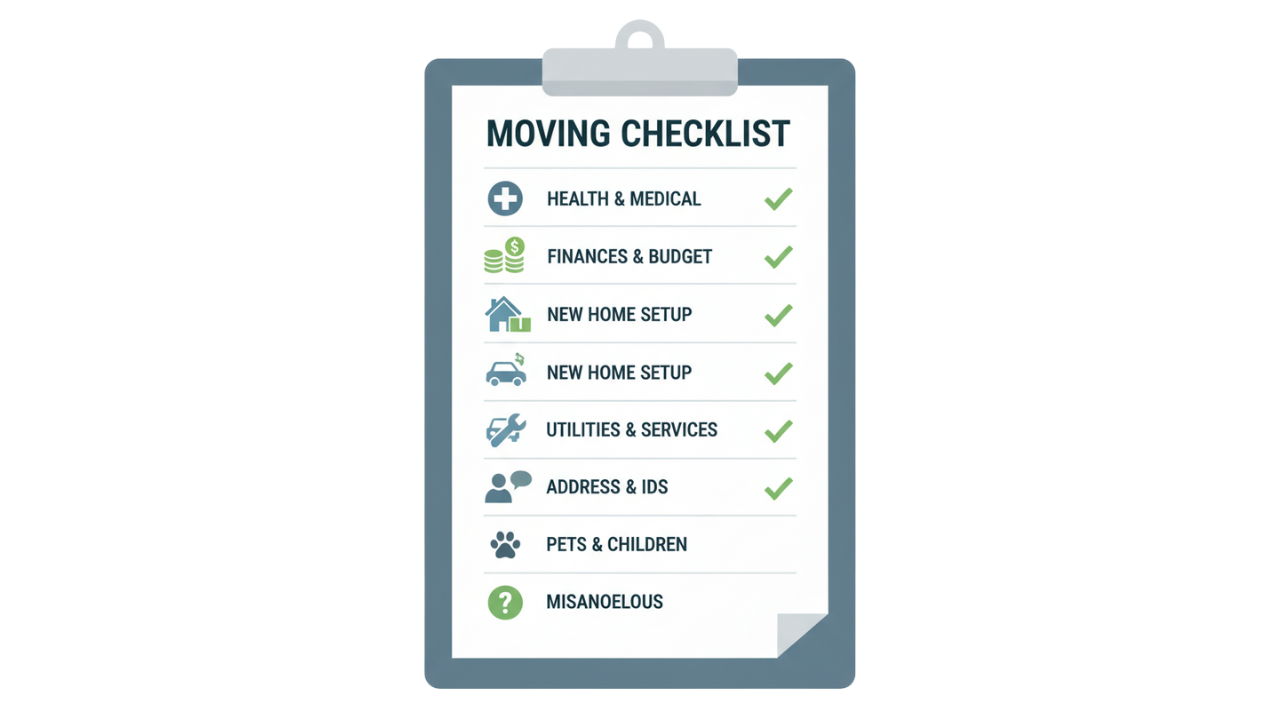Big skies, snow capped peaks, and long horizons. The Last Best Place calls to a lot of people right now, boosted by “Yellowstone” and a craving for simpler days. The dream is real, but the move takes real planning.
Go in with open eyes and Montana can be the best call you ever make. Here are 16 things to think through before you pack a single box.
The Job Market and Economy
Work is steady here, but how you get hired and how careers grow can feel different from big coastal cities.
A Strong, But Unique Job Market
Unemployment has hovered low, about 2.7% as of March 2025. Since 2020, roughly 45,000 jobs have been added across the state. That sounds great, and it is, yet much of Montana still hires through relationships and word of mouth.
Show up, shake hands, and follow through. Grit and reliability matter as much as a flashy résumé. If you are new, volunteer, join a local business group, or attend a chamber lunch to start building real connections.
The Economy’s Pillars
Healthcare, construction, tourism, and agriculture form the steady base across cities and small towns. A rising life sciences scene added momentum between 2018 and 2023, growing about 31%.
You will hear names like Billings Clinic and Montana State University often. Just keep in mind that wages usually trail the big metro coasts, so housing and commuting choices need to match your salary, not the one you wish you had.
People here do fine by living within their means and skipping a few shiny purchases early on.
The Remote Work Revolution (with a Catch)
Remote work brought new faces to Montana, and places like Bozeman leaned into tech startups and distributed teams. That energy is real. The catch is connectivity. Not every pretty valley gets reliable high speed internet.
Some homes rely on fixed wireless or satellite, and service can drop in storms. Before you sign a lease, check the exact address for service options, typical speeds, and any data caps.
Many remote workers keep a backup such as a mobile hotspot or a shared office in town, just in case.
The Housing Dilemma & Cost of Living
Housing drives most of the sticker shock, even for long-time residents, so budget with fresh numbers, not old headlines.
Sticker Shock is Real
As of January 2025, the statewide median home price reached about $540,700. That is above the U.S. median. Inventory improved from the hottest months of the boom, but affordability still pinches buyers and renters.
If you are coming with equity from Seattle, Denver, or the Bay Area, you might feel comfortable. If not, widen your search map and give yourself time to learn neighborhoods.
The Ultra Competitive Rental Market
Vacancy rates run tight in popular cities. Average rents vary a lot by town and by neighborhood. Bozeman’s average hovers around $2,245 for an apartment, while Butte sits closer to roughly $842.
That gap surprises newcomers who expect all of Montana to price like a sleepy small town. You can still find value, but it takes speed, clean applications, and some flexibility on move-in dates.
City vs. Rural Living
City living brings convenience, health care access, and shorter winter plow times near your street. You will pay for it, and you will share space with more people than the postcard promised.
Rural living brings quiet, elbow room, and starry nights that make you stop on the porch. You will also drive more miles, plan supply runs, and fix things yourself. Utilities average about seven percent cheaper than the U.S. norm, but heating costs can jump high during a long winter.
Ask sellers or landlords for the last 12 months of utility bills, then plan your monthly budget around the coldest stretch.
The Unflinching Reality of Mother Nature
Weather, distance, and wildlife shape daily life. They also shape your calendar and your wallet.
There are Four Seasons, but Winter is the Headliner
Montana winter runs long in most of the state. Subzero nights happen. If you will drive in snow, an AWD or 4WD vehicle with true winter tires is not optional. Keep a shovel, jumper cables, a tow strap, a headlamp, and a warm blanket in the trunk. Home prep matters, too.
Seal windows, add pipe insulation, and make sure your furnace or stove is serviced before the first storm. Spring mud season can turn dirt roads into peanut butter. Summer is glorious yet feels short.
And, late summer sometimes brings smoke from wildfires, which can dull views and irritate lungs on bad days. Air purifiers help, especially for kids and older adults.
Wildlife is Your New Neighbor (Literally)
This is not a zoo. Bears will tip unsecured trash cans. Deer will mow down your garden. Raccoons and skunks patrol neighborhoods at night. In grizzly and black bear country, carry bear spray on trails and learn how to store food and garbage.
If you keep chickens or bees, use electric fencing. Compost, pet food, and bird feeders attract more than birds. Learn the rules, and you will avoid problems and fines, while keeping wildlife wild.
The Tyranny of Distance
Montana is big…really big. “Just down the road” can be an hour or two on two-lane highways with farm equipment or drifting snow. Once you get beyond Billings, Missoula, Great Falls, Bozeman, and a few others, you will drive far for airports, large medical centers, and major shopping.
Check commute times at 7 a.m. in January, not at noon in July. If a house sits on the far side of a mountain pass, plan for closures and chain requirements. Add slack into your schedule. People leave earlier here and arrive calmer.
Culture and Lifestyle
If you value community, privacy, and time outside, you will likely fit right in.
The “Montana Pace”
Life moves slower. People chat in grocery lines and wave at stop signs. Government offices may feel short staffed. Things still get done, just not always on your clock. Arrive with patience and a willingness to pitch in. That attitude opens doors and friendships.
The Outdoors Isn’t a Hobby…It’s a Lifestyle
Hiking, fishing, hunting, skiing, rafting, and long dog walks under a big open sky are common things to do here. The state’s rivers, mountains, and public lands are the reason why many people stay. Learn trail etiquette, carry the right gear, and take an avalanche class if you ski sidecountry or backcountry. The fun rises, and the risk falls.
Community is Everything (But Can Be Insular)
Small towns welcome new faces, though the title “Montanan” is earned. Show up at school fundraisers, county fairs, powwows, brandings, rodeos, winter carnivals, and volunteer days. Help a neighbor after a storm. Buy a raffle ticket at the hardware store. Over time, you move from “the new family” to “our people.”
Limited Amenities
Outside the larger cities, shopping choices run thin. Your favorite Thai spot might only open four nights a week in February. Live music and theater exist, yet you will not see a giant touring act every weekend.
You learn to plan ahead, batch errands, and order online for odd items like specialty parts or niche hobby gear.
The Nitty Gritty Logistics
Before you move, sort out healthcare, schools, taxes, insurance, and the state’s strong streak of independence.
Healthcare & Education Access
Primary care can be excellent in the larger cities. Specialty care gets harder the farther you live from major hospitals. Families often drive hours for oncology, cardiology, or pediatric subspecialties. If you or your child needs therapy, confirm waitlists before you move.
Rural schools work hard and take pride in their students, but many districts face hiring gaps. Ask about class sizes, counselor availability, extracurriculars, and whether the district relies on emergency licenses to fill roles.
A good school fit is possible everywhere, yet the details vary mile by mile.
The Tax & Insurance Landscape
Montana has no state sales tax. That is a real perk at the register. Property and income taxes carry more of the load. Learn how your county assesses value and how often it revalues homes. If you buy near a ski area or a tourist hot spot, check for resort taxes on lodging and some goods.
Insurance can surprise newcomers as well. Auto policies tend to cost more than expected, with long miles, wildlife on the roads, and winter crash risk. Price policies by ZIP code before moving day.
Ask your carrier about wildfire, wind, and hail exposures on home policies. If you are near a river or low spot, check floodplain maps to see whether separate flood insurance makes sense.
Politics & Independence
Montana is known for a strong independent streak. Statewide races often lean conservative, yet the map is mixed, and people routinely split tickets. You will find lively debate in coffee shops and neighborly civility in church basements.
Folks care about self-reliance and personal freedom, and they also show up for sandbagging when a river jumps the bank. If you keep an even tone and listen before you talk, you will be fine.
Conclusion
Montana offers real beauty and real opportunity. It also asks for resilience, patience, and prep. This isn’t an escape from modern life…it’s a fair trade.
If you’re serious, book a longer stay in the colder months, feel what a windy Tuesday in February is like, and talk with locals at the coffee counter. Take notes on housing, heat, and commute time.
If those realities still feel right in your gut, you’ll understand why people call it the Last Best Place. And, if you want help weighing towns, neighborhoods, or budgets, reach out and I’ll map out a short list that fits how you actually live.





